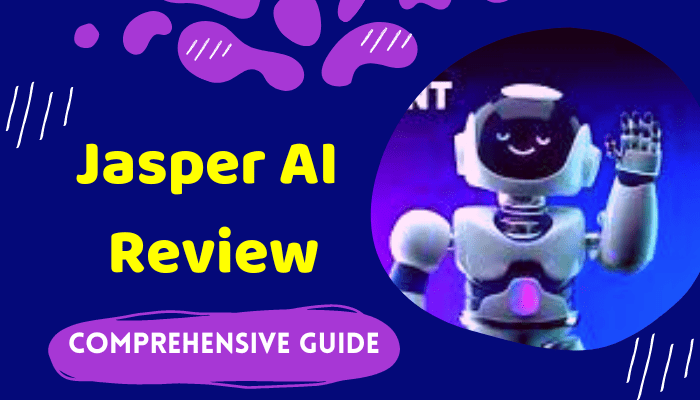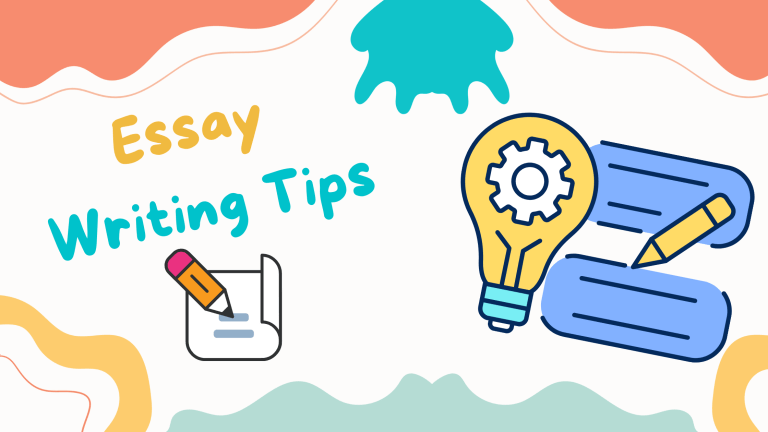Top Medical Writing Tools for Medical Experts: A Comprehensive Guide
Medical writing is a critical function in the healthcare and pharmaceutical industries, encompassing a broad range of documents from research articles and clinical trial reports to regulatory submissions and patient education materials. For medical experts, the task of producing high-quality, precise, and compliant documents can be challenging. However, the right tools can significantly enhance efficiency, accuracy, and clarity. In this comprehensive guide, we explore the top medical writing tools that every medical expert should consider integrating into their workflow.
Why Medical Writing Tools are Essential
Medical writing requires meticulous attention to detail, adherence to regulatory guidelines, and the ability to convey complex information clearly and accurately. The right tools can offer several benefits:
- Enhanced Accuracy: Tools can help minimize errors and ensure consistency across documents.
- Increased Efficiency: Automating repetitive tasks saves time and allows medical experts to focus on analysis and interpretation.
- Regulatory Compliance: Tools provide templates and guidelines to help maintain compliance with regulatory requirements.
- Collaboration: Facilitates better collaboration among team members through shared platforms and real-time updates.
Top Medical Writing Tools for Medical Experts
1. Microsoft Word
Microsoft Word remains a fundamental tool for medical writing due to its powerful editing and formatting capabilities. When enhanced with specialized add-ins, it becomes even more effective for medical and regulatory writing.
- Key Features:
- Customizable templates for regulatory documents
- Spell check and grammar tools
- Add-ins like EndNote for reference management and PerfectIt for consistency checks
- Benefits:
- Familiar interface with powerful editing capabilities
- Improved document accuracy and consistency
- Streamlined reference management
2. EndNote
EndNote is a reference management tool that helps medical writers organize and cite their references efficiently. It is particularly useful for managing large numbers of references and creating bibliographies.
- Key Features:
- Reference organization and storage
- Automated citation and bibliography generation
- Integration with Microsoft Word
- Benefits:
- Saves time on reference management
- Ensures accurate and consistent citations
- Streamlines the writing process
3. Grammarly
Grammarly is an advanced writing assistant that helps ensure the clarity, correctness, and engagement of your writing. It is particularly useful for non-native English speakers and those looking to polish their writing.
- Key Features:
- Grammar and spell check
- Style and tone suggestions
- Plagiarism detection
- Benefits:
- Improves document quality and readability
- Ensures adherence to writing standards
- Reduces errors and enhances professionalism
4. PerfectIt
PerfectIt is a proofreading tool designed specifically for professionals, helping to ensure consistency and adherence to style guides. It is particularly useful for regulatory and academic writing where consistency is critical.
- Key Features:
- Consistency checks for abbreviations, numbers, and capitalization
- Style guide enforcement
- Customizable settings
- Benefits:
- Enhances document consistency and professionalism
- Saves time on manual proofreading
- Ensures adherence to regulatory style requirements
5. Zotero
Zotero is another powerful reference management tool, particularly useful for organizing research and citations in medical documents. It is a free and open-source tool that integrates well with various web browsers and word processors.
- Key Features:
- Reference collection and organization
- Citation generation in various formats
- Integration with word processors
- Benefits:
- Simplifies reference management
- Ensures accurate and consistent citations
- Enhances document preparation efficiency
6. Mendeley
Mendeley is a reference manager and academic social network that helps you organize your research, collaborate with others online, and discover the latest research.
- Key Features:
- Reference management and storage
- Collaboration tools for sharing research
- Integration with word processors
- Benefits:
- Facilitates collaboration and sharing of research
- Enhances organization of research materials
- Streamlines the writing and citation process
7. Adobe Acrobat Pro
Adobe Acrobat Pro is essential for creating, editing, and reviewing PDF documents, which are the standard format for regulatory submissions and many types of medical writing.
- Key Features:
- PDF creation and conversion
- Advanced editing tools
- Secure document sharing and e-signatures
- Commenting and review features
- Benefits:
- Ensures documents are submission-ready
- Facilitates collaboration through comments and reviews
- Enhances document security and integrity
8. MedDRA (Medical Dictionary for Regulatory Activities)
MedDRA is a standardized medical terminology used to classify adverse event information associated with the use of biopharmaceuticals and other medical products. It is essential for consistent coding and reporting of adverse events.
- Key Features:
- Standardized hierarchical terminology
- Comprehensive coverage of medical conditions
- Regular updates to reflect new medical knowledge
- Benefits:
- Ensures consistent and accurate adverse event reporting
- Facilitates communication and analysis of safety data
- Supports global regulatory compliance
9. QlikView
QlikView is a business intelligence and data visualization tool that can be used to analyze and visualize safety data, aiding in the detection of safety signals and trends.
- Key Features:
- Interactive dashboards and reports
- Advanced data analytics
- Real-time data integration
- Benefits:
- Enhances data analysis and interpretation
- Supports proactive safety signal detection
- Improves decision-making with data-driven insights
10. Snagit
Snagit is a screen capture and image editing tool that can be used to create visual aids and annotations in medical writing. It is particularly useful for creating instructional materials and visual documentation.
- Key Features:
- Screen capture and recording
- Image editing and annotation
- Integration with other software
- Benefits:
- Enhances document clarity with visual aids
- Saves time on creating and editing images
- Improves communication through annotated visuals
11. Slack
Slack is a communication and collaboration tool that helps teams stay connected and manage projects efficiently. It is especially useful for teams working remotely or across different locations.
- Key Features:
- Real-time messaging and file sharing
- Integrations with other tools and services
- Channels for organized communication
- Benefits:
- Facilitates real-time collaboration
- Enhances team communication and productivity
- Keeps project-related communication organized
12. Trexo Medical Writing Tool
Trexo offers specialized medical writing software tailored for regulatory and medical documentation. It provides predefined templates and comprehensive project management tools.
- Key Features:
- Predefined templates for regulatory documents
- Collaborative writing and editing features
- Comprehensive project management tools
- Benefits:
- Streamlines document creation and management
- Enhances collaboration among writing teams
- Ensures regulatory compliance
13. Asana
Asana is a project management tool that helps teams organize and manage their work. It is useful for tracking tasks, deadlines, and project milestones.
- Key Features:
- Task and project tracking
- Collaboration and communication tools
- Integrations with other software
- Benefits:
- Improves project organization and management
- Enhances team collaboration and communication
- Ensures timely completion of tasks and milestones
14. Clarivate Analytics
Clarivate Analytics provides tools and resources for research and analysis, including access to scientific literature, citation metrics, and data management tools.
- Key Features:
- Access to extensive scientific literature
- Citation analysis and metrics
- Research data management tools
- Benefits:
- Enhances research and analysis capabilities
- Facilitates access to relevant scientific information
- Supports data-driven decision-making
15. Overleaf
Overleaf is an online LaTeX editor that allows for real-time collaboration on scientific documents. It is particularly useful for writing research articles and technical documents.
- Key Features:
- Real-time collaborative writing
- Extensive LaTeX support
- Integration with reference management tools
- Benefits:
- Facilitates collaborative writing and editing
- Ensures document formatting and consistency
- Streamlines the preparation of technical and research documents
Conclusion
Medical writing is a complex and demanding task that requires precision, clarity, and adherence to regulatory standards. The right tools can significantly enhance the efficiency and quality of medical writing, making it easier for medical experts to produce high-quality documents. Whether it’s comprehensive reference management tools like EndNote and Zotero, advanced writing aids like Grammarly and PerfectIt, or specialized software like Trexo Medical Writing Tool, each tool offers unique benefits that can streamline the writing process and improve outcomes.
Investing in the right tools is an investment in the quality and reliability of medical writing. As the field evolves, so do the tools that support it, making it essential for medical experts to continuously seek out new solutions that can enhance their work. By leveraging these advanced tools, medical writers can ensure they meet the highest standards of accuracy, efficiency, and compliance, ultimately contributing to better patient care and scientific advancement.






